
Escargot Begonia, Rieger Begonias, Lsymachia, Non Stop Begonias Planting pot, Container
Subscribe Now:http://www.youtube.com/subscription_center?add_user=ehowgardenWatch More:http://www.youtube.com/ehowgardenGrowing begonias in pots is a great w.

2016 Year of the Begonia Million Kisses Elegance Begonia Perfect for Hanging Baskets
Method 1 Planting Begonias in a Pot 1 Start with a 6 inches (15 cm) pot. If you bought your begonias from a gardening store or you're repotting them, you'll need to make sure your new pot isn't too big. You don't want your begonia's soil to get too wet and go bad. [1] Choose any pot that has drainage holes.
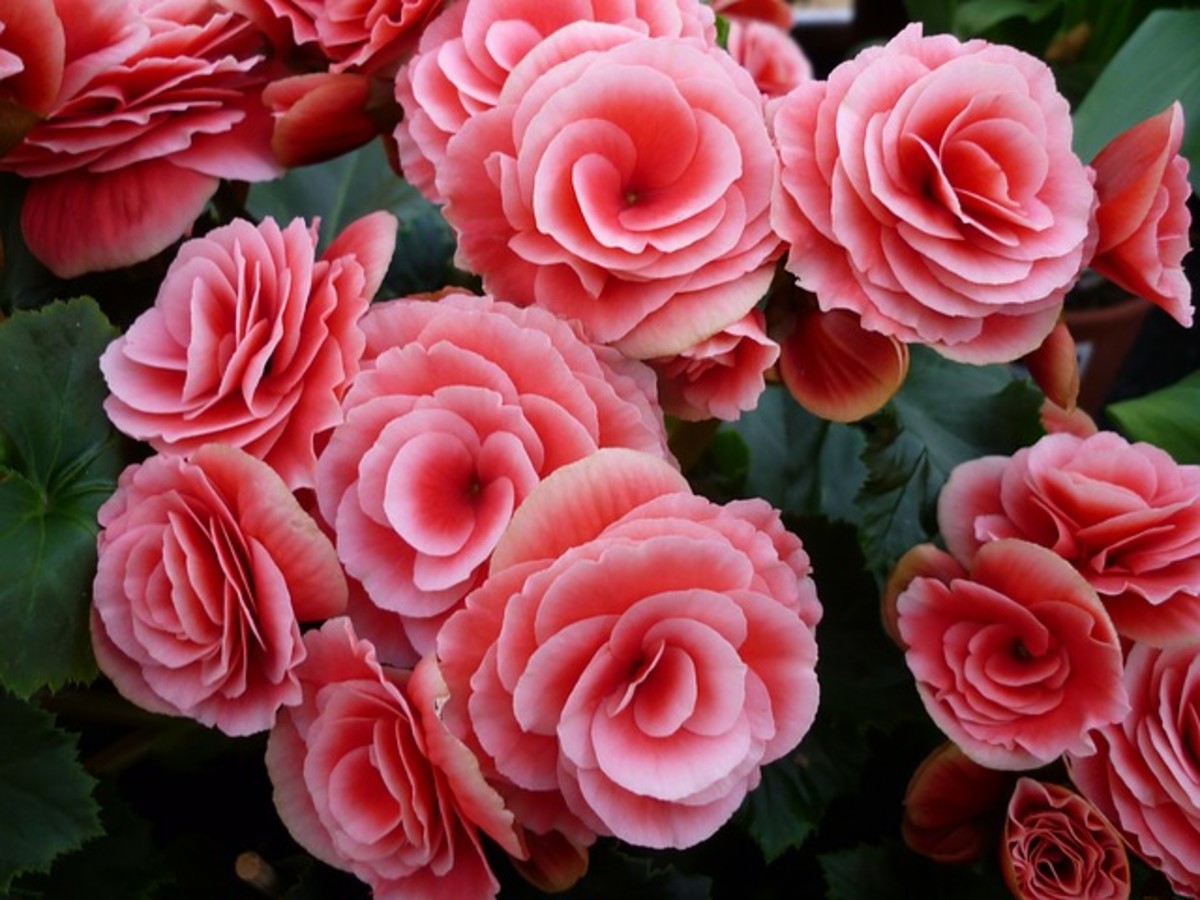
How to Store Tuberous Begonias for Winter and Restart Them in Spring Dengarden
Light Begonias thrive in warm environments but, depending on the variety, might need full or partial sunlight. Most begonias do best when planted in an area with morning sun and afternoon shade. Allow enough sunlight to keep the soil moist and healthy. Don't plant in direct sunlight in regions that experience scorching summers. Soil
Begonia Flowers
Begonias are tropical plants that'll grow in zones 3-10 (lift bulbs in the fall in zones 3-7). They prefer areas that receive a lot of light but also enjoy some protection from the sun. An ideal spot in the landscape is somewhere the plants will get plenty of sunshine in the morning and a bit of shade in the afternoon.
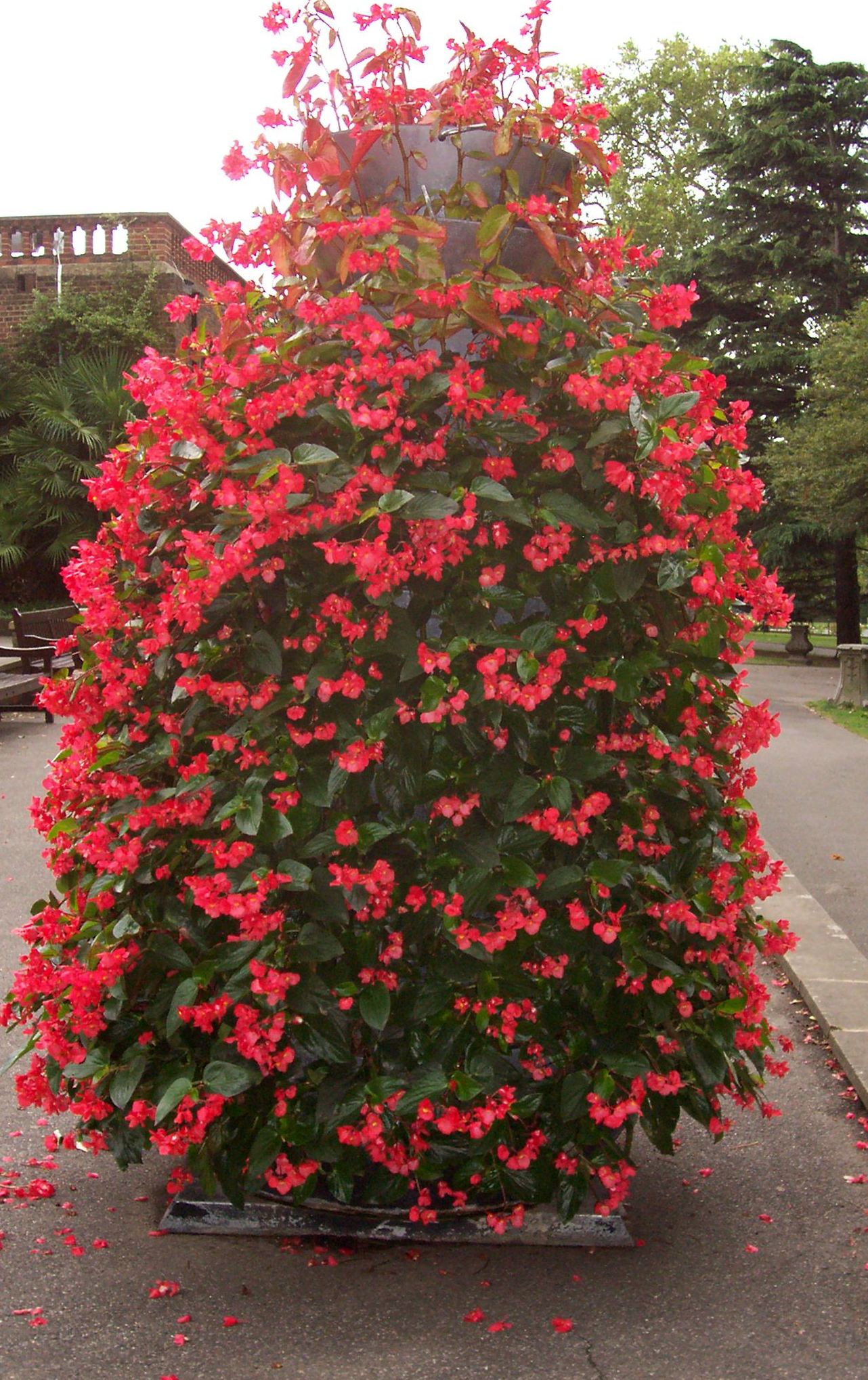
Begonia Planters Gardeners Tips
Light. Tuberous begonias in containers need a bit of sun but partial sun is fine. Indoors, begonias do best in indirect light. Fibrous or wax begonias planted in the garden will flower consistently in shade or partial shade. Too much bright sun might wilt the delicate petals or cause the colors to fade. Soil.

Begonia Big Mix 150mm Pot Dawsons Garden World
WHAT TYPE OF BEGONIA DO I HAVE? There are many different types of begonia plants. Here are the most commonly grown: Wax begonias have waxy green or bronze foliage and white, red or pink flowers. Plants are compact, 6 to 12 inches tall and wide, and are commonly grown as a bedding plant.

Begonias. These flowers are great! Container flowers, Begonia, House plant care
Maintain a spacing of about 4 to 6 inches between plants and make sure to water regularly. It is possible to combine it with other plants such as lantanas or cannas when planting. The tuberous begonia is also a very beautiful houseplant. Planted in a pot, it brings color to a room with yellow, orange, red or pink begonia flowers.

Begonia Types and Care Garden Chronicle
Allow the top 2 inches of soil to dry out between watering sessions. Water until the soil is moist but not soggy. Porous containers such as non-glazed clay pots will need to be watered more frequently than plastic, glazed, or other non-porous containers.

Begonia Non Stop Pink Kew Gardener
1. Dig the Bulbs Out From the Soil By late summer to the middle of fall, depending on the tuberous begonia variety, the leaves will start to turn yellow and die. When half the foliage has turned yellow, you can begin your preparations for overwintering your begonia bulbs.
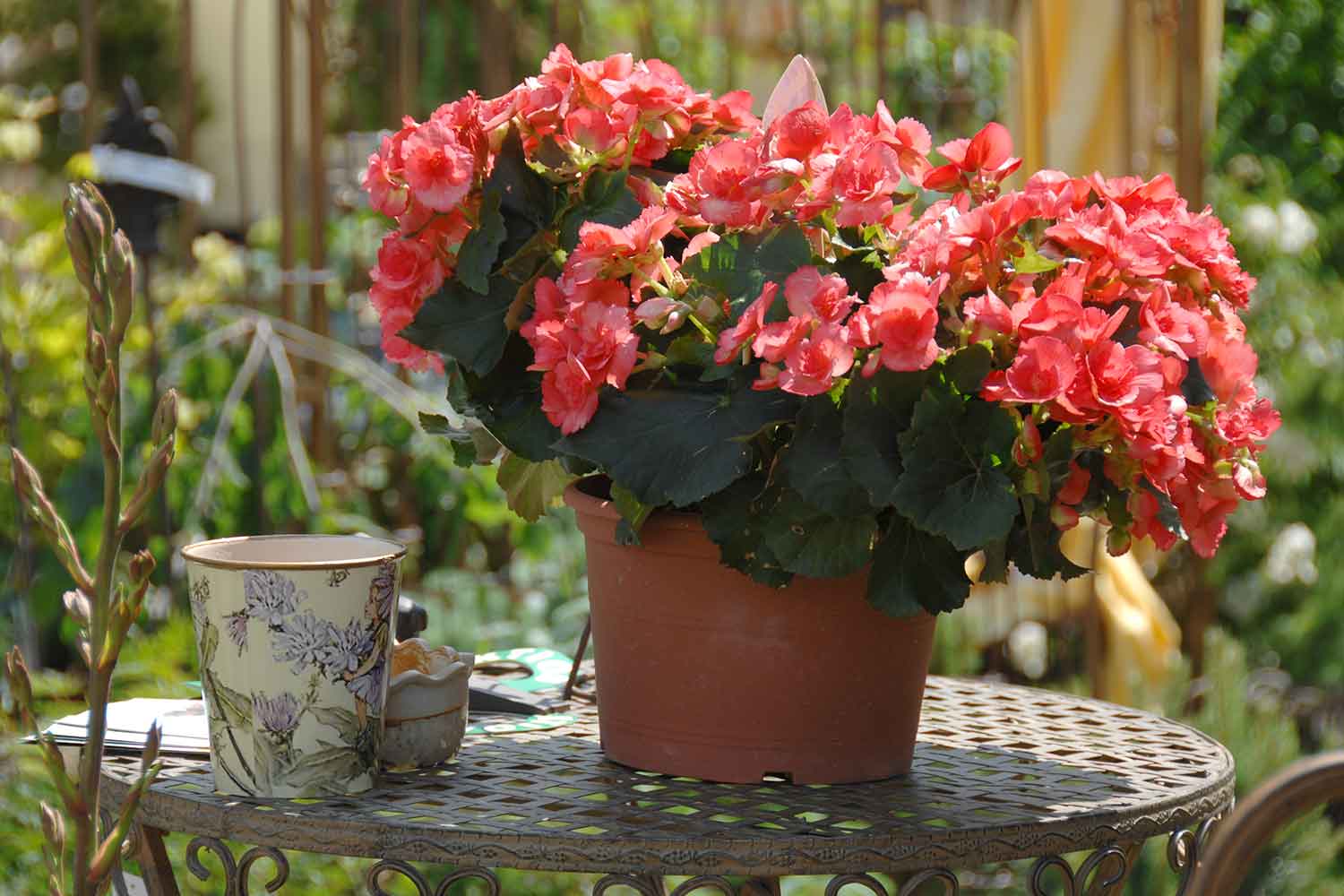
How to grow begonias Better Homes and Gardens
Each begonia plant should be placed in its own hole, although these can be put close together. Cover the top of the root ball, bulb, or seeds with a few inches of soil/potting mixture. If you're planting a small begonia plant, break apart the root ball a bit before placing it in the hole. 3. Water the plant.
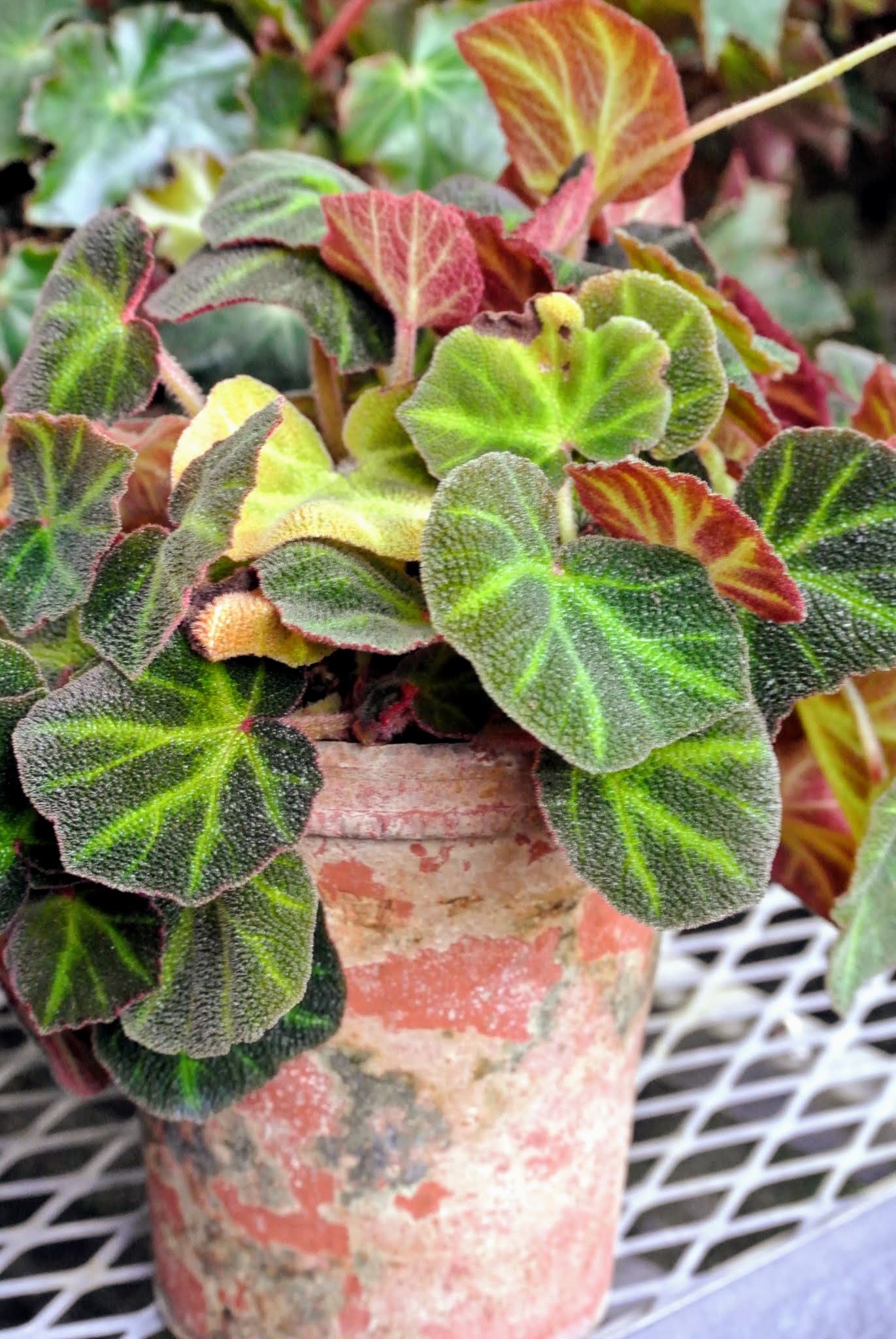
The Begonias in My Greenhouse The Martha Stewart Blog
1. Get rid of all the leaves from the bottom portion of the 2 to 3-inch cuttings. 2. Submerge this bottom portion in water and place it in indirect sunlight. 3. Once you notice the growth of new.
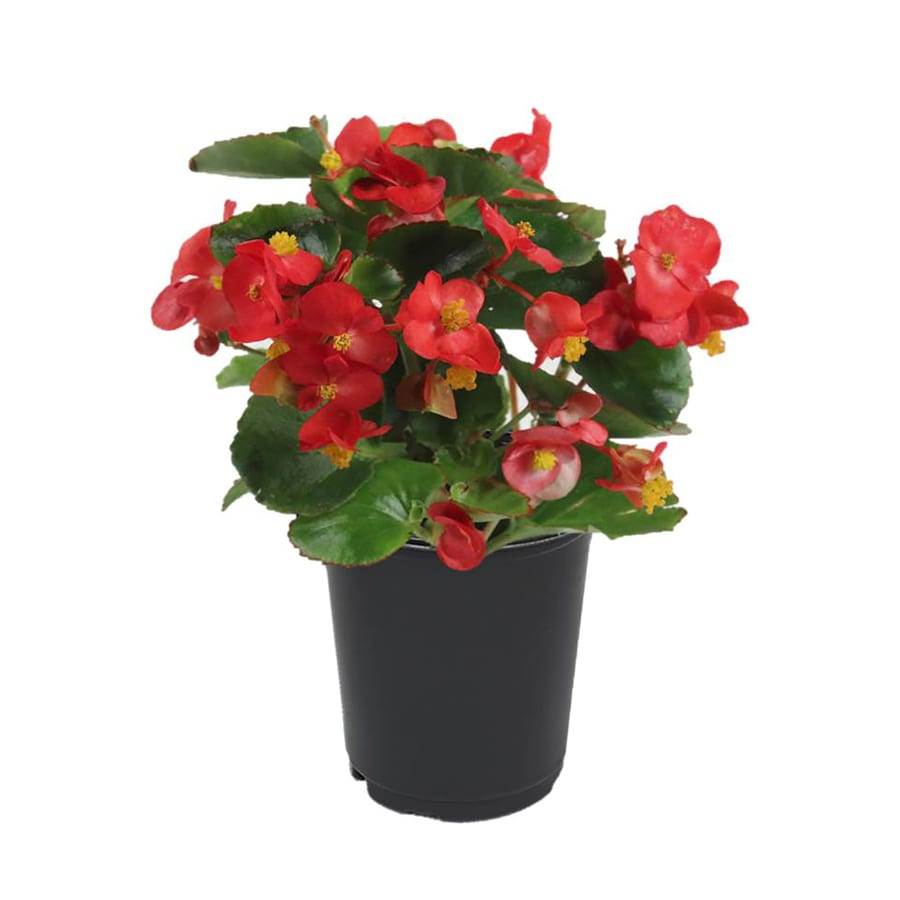
1Quart Multicolor Begonia in Pot (L26474) at
They bloom in shades of red, pink or white with 1 1/2 inch single or double flowers. Care of Begonias in Pots Begonias can live and may even bloom all year round. Begonias flourish in bright, indirect light with east-, west- or south-facing windows as ideal locations.
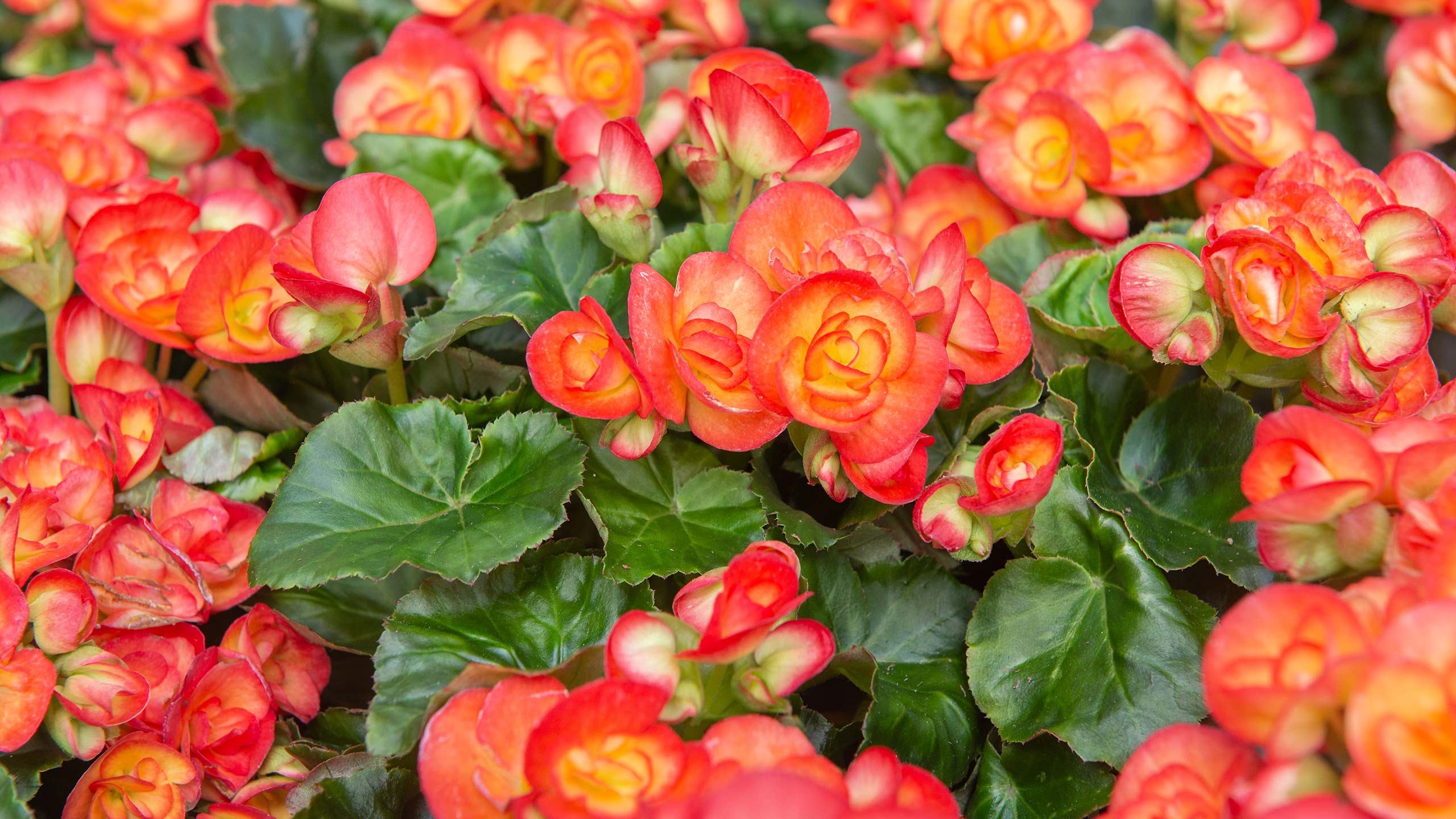
Choosing the Right Begonia for Success Mulhall's
Begonias are perennial plants in hot climates including zones 10 and 11, but they are grown in the spring as annual flowers in most regions. The principal appeal of begonias is that many types produce spectacular flowers in shady conditions where few flowering plants thrive. The Spruce / Letícia Almeida Tip
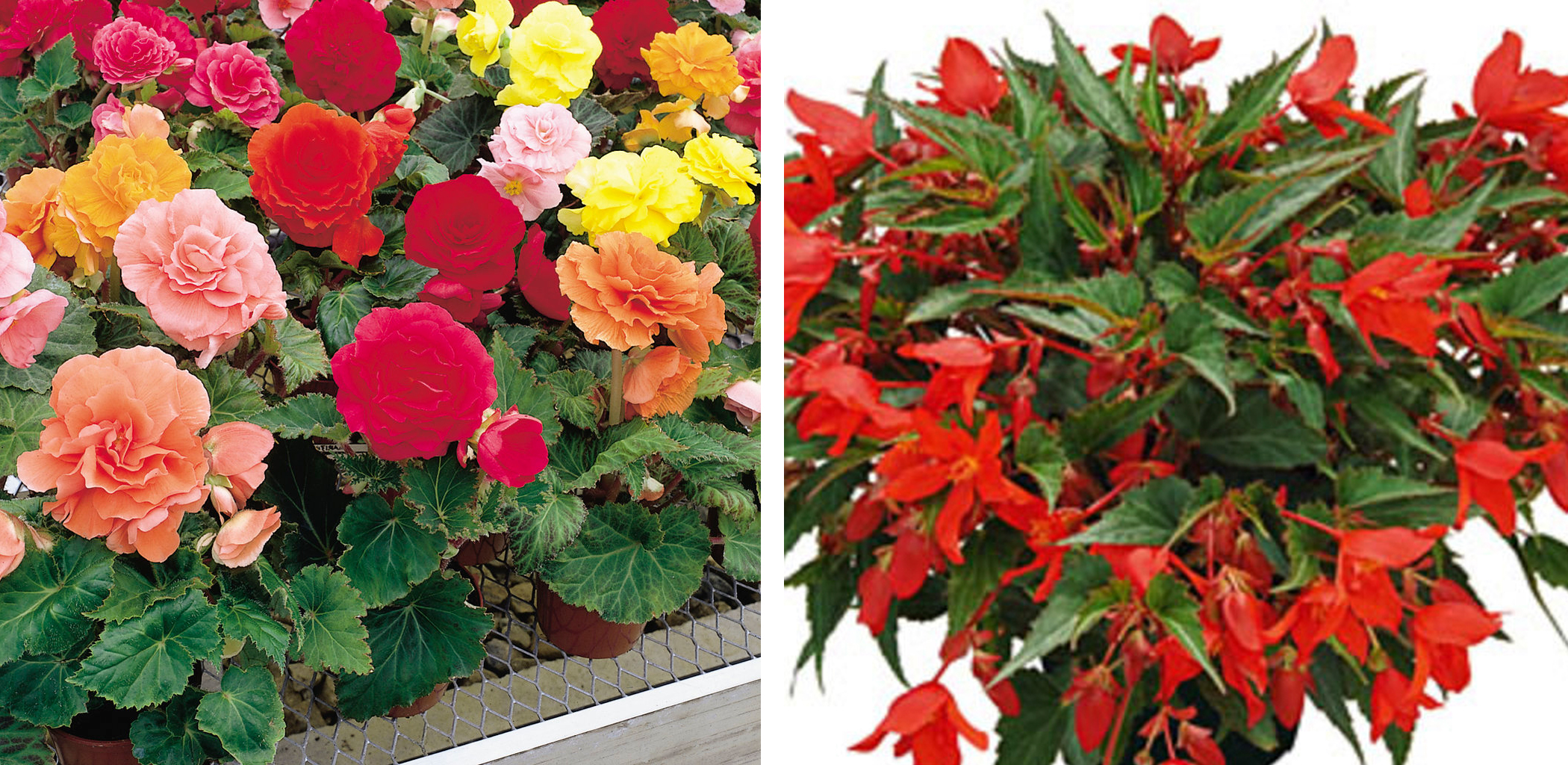
All About Begonias The Good Earth Garden Center
Fertiliser Feed your begonias throughout growing season (spring and summer). Aim for once a week - you can use a liquid fertiliser. Adobe Stock Begonia varieties Before you get planting, you'll have to choose the right begonia for your garden. First there's the showy tuberous begonias or elatior hybrids that rival roses for floral flourish.

Growing Begonias The Showy Houseplant with Amazing Flowers and Leaves
To finally plant your begonias in the pot, follow these steps: Loosen the soil in the pot. Dig a hole slightly wider and deeper than the begonia's root ball. Carefully remove the begonia from its nursery pot. Gently tease out the roots if the plant is pot-bound. Place the begonia in the hole and backfill with soil. Water the plant thoroughly.
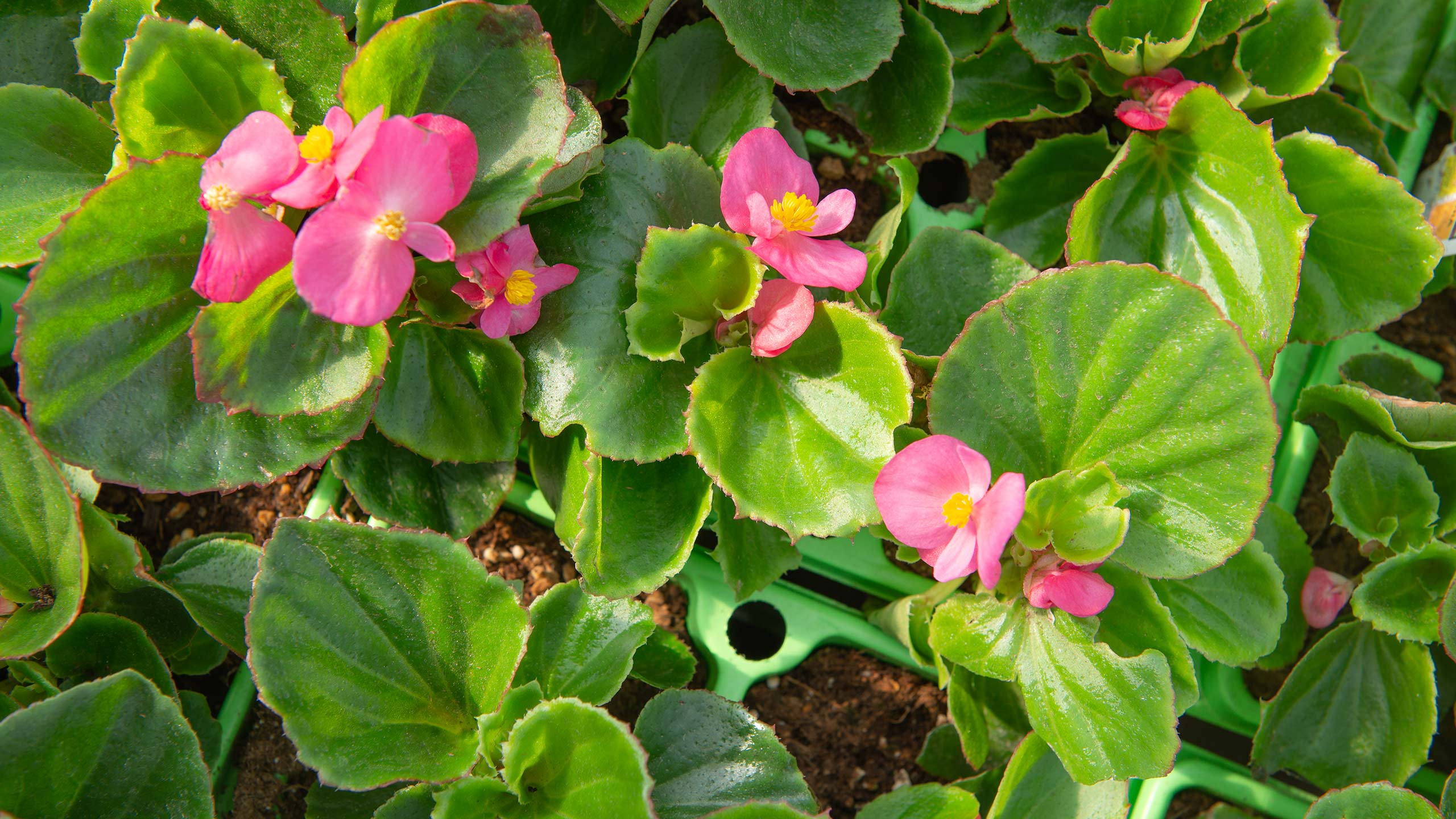
Choosing the Right Begonia for Success Mulhall's
Gardening Flowers Annuals Care of Begonia Plants and Varieties You Should Try Learn why hardy begonias—with their beautiful blooms and leaves in varying colors, textures, and sizes—work in almost any garden. By Jenny Krane Updated on July 12, 2022 Begonias are an easy go-to annual for containers or hanging baskets.